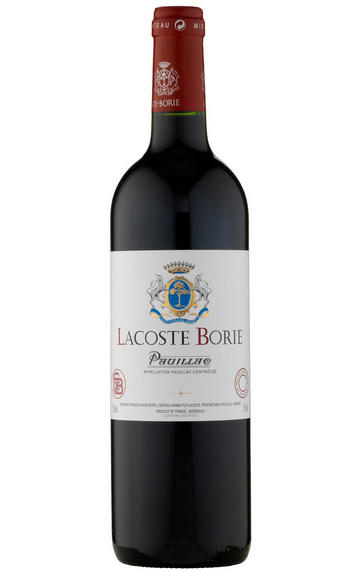
2016 Lacoste Borie, Pauillac, Bordeaux
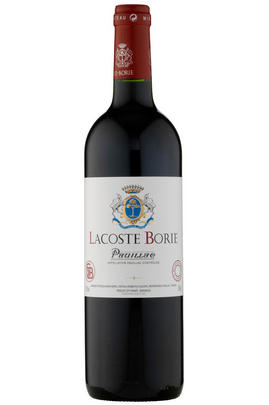
Critics reviews
The 2016 Lacoste-Borie has a gentle bouquet of blackberry, briar and a light marine-like scent. The palate is medium-bodied with gritty tannin and a little rustic in style within the context of the vintage, leading to an energetic, slightly peppery finish. It just needs more substance.
Drink 2020 - 2027
Neil Martin, Vinous.com (January 2019)
The 2016 Lacoste-Borie has come together nicely during its élevage. Medium in body, with lovely aromatic nuance, the 2016 will drink well with minimal cellaring. Sweet tobacco, menthol, cedar and herbs add lovely aromatic complexity throughout. Drink it over the next handful of years.
Drink 2020 - 2024
Antonio Galloni, Vinous.com (January 2019)
This is a beautifully fresh wine with lovely, juicy black cassis flavours. The day-night temperature changes of up to 20 degrees centigrade made a huge difference to the quality of the tannins, and GPL has some of the steepest slopes and best draining soils in Pauillac to cope with the wet early season (although this also meant some blockage of young vines during the drought). Overall they have produced a plush, easy drinking wine that offers great pleasure. 61% Cabernet Sauvignon, 29% Merlot and 10% Cabernet Franc, with a yield of 50hl/ha.
Drink 2020 - 2040
Jane Anson, Decanter.com (April 2017)
The 2016 Lacoste-Borie is a blend of 61% Cabernet Sauvignon, 29% Merlot and 10% Cabernet Franc, cropped at 50 hectoliters per hectare. It has a clean and precise bouquet, not as complex as some of its peers, yet with thoroughly enjoyable raspberry and blackcurrant leaf tinged with cedar. The palate is medium-bodied with grippy, slightly dry tannin on the entry, hints of dark chocolate interlacing the black fruit with a touch of cracked black pepper on the finish.
Drink 2020 - 2035
Neil Martin, Wine Advocate (April 2017)
About this WINE
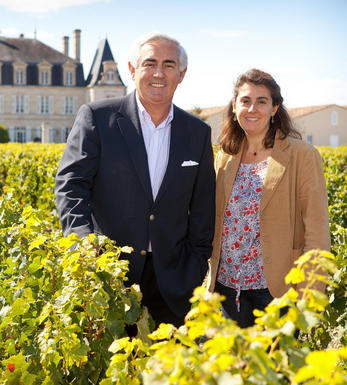
Chateau Grand-Puy-Lacoste
Château Grand-Puy-Lacoste is a 5ème Cru Classé Pauillac estate which has for many years been consistently outperforming its classification. Grand-Puy-Lacoste is located a couple of kilometres west of the town of Pauillac and is owned and run by François-Xavier Borie.
Grand-Puy-Lacoste's 90 hectares of vines (Cabernet Sauvignon 75%, Merlot 25%) are in one block surrounding the substantial 19th century château and lie on deep gravel beds over limestone. The grapes are fermented in temperature-controlled stainless steel vats and the wine is then matured in oak barriques (50% new) for 18 months.
Grand-Puy-Lacoste combines marvellous cigar box perfume with rich blackcurrant and cassis fruit and velvety power which is the epitome of top class Pauillac at its very best.
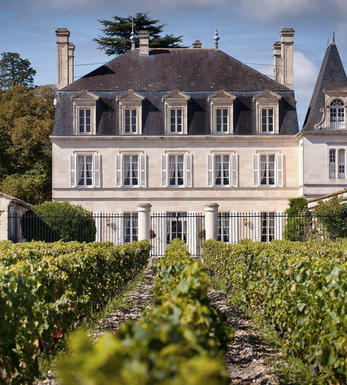
Pauillac
Pauillac is the aristocrat of the Médoc boasting boasting 75 percent of the region’s First Growths and with Grand Cru Classés representing 84 percent of Pauillac's production.
For a small town, surrounded by so many familiar and regal names, Pauillac imparts a slightly seedy impression. There are no grand hotels or restaurants – with the honourable exception of the establishments owned by Jean-Michel Cazes – rather a small port and yacht harbour, and a dominant petrochemical plant.
Yet outside the town, , there is arguably the greatest concentration of fabulous vineyards throughout all Bordeaux, including three of the five First Growths. Bordering St Estèphe to the north and St Julien to the south, Pauillac has fine, deep gravel soils with important iron and marl deposits, and a subtle, softly-rolling landscape, cut by a series of small streams running into the Gironde. The vineyards are located on two gravel-rich plateaux, one to the northwest of the town of Pauillac and the other to the south, with the vines reaching a greater depth than anywhere else in the Médoc.
Pauillac's first growths each have their own unique characteristics; Lafite Rothschild, tucked in the northern part of Pauillac on the St Estèphe border, produces Pauillac's most aromatically complex and subtly-flavoured wine. Mouton Rothschild's vineyards lie on a well-drained gravel ridge and - with its high percentage of Cabernet Sauvignon - can produce (in its best years) Pauillac's most decadently rich, fleshy and exotic wine.
Latour, arguably Bordeaux's most consistent First Growth, is located in southern Pauillac next to St Julien. Its soil is gravel-rich with superb drainage, and Latour's vines penetrate as far as five metres into the soil. It produces perhaps the most long-lived wines of the Médoc.
Recommended Châteaux
Ch. Lafite-Rothschild, Ch. Latour, Ch. Mouton-Rothschild, Ch. Pichon-Longueville Baron, Ch. Pichon Longueville Comtesse de Lalande, Ch. Lynch-Bages, Ch. Grand-Puy-Lacoste, Ch, Pontet-Canet, Les Forts de Latour, Ch. Haut-Batailley, Ch. Batailley, Ch. Haut-Bages Libéral.
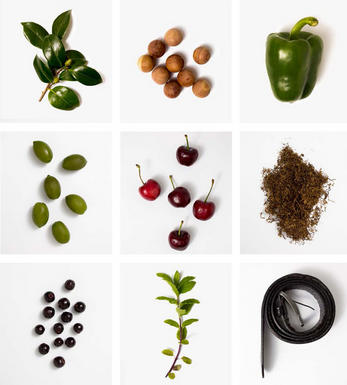
Cabernet Sauvignon
The most famous red wine grape in the world and one of the most widely planted.
It is adaptable to a wide range of soils, although it performs particularly well on well-drained, low-fertile soils. It has small, dusty, black-blue berries with thick skins that produce deeply coloured, full-bodied wines with notable tannins. Its spiritual home is the Médoc and Graves regions of Bordeaux where it thrives on the well-drained gravel-rich soils producing tannic wines with piercing blackcurrant fruits that develop complex cedarwood and cigar box nuances when fully mature.
The grape is widely planted in California where Cabernet Sauvignon based wines are distinguished by their rich mixture of cassis, mint, eucalyptus and vanilla oak. It is planted across Australia and with particular success in Coonawarra where it is suited to the famed Terra Rossa soil. In Italy barrique aged Cabernet Sauvignon is a key component in Super Tuscans such as Tignanello and Sassicaia, either on its own or as part of a blend with Sangiovese.


Buying options
Add to wishlist
Description
The 2016 Lacoste-Borie has a gentle bouquet of blackberry, briar and a light marine-like scent. The palate is medium-bodied with gritty tannin and a little rustic in style within the context of the vintage, leading to an energetic, slightly peppery finish. It just needs more substance.
Drink 2020 - 2027
Neil Martin, Vinous.com (January 2019)
wine at a glance
Delivery and quality guarantee